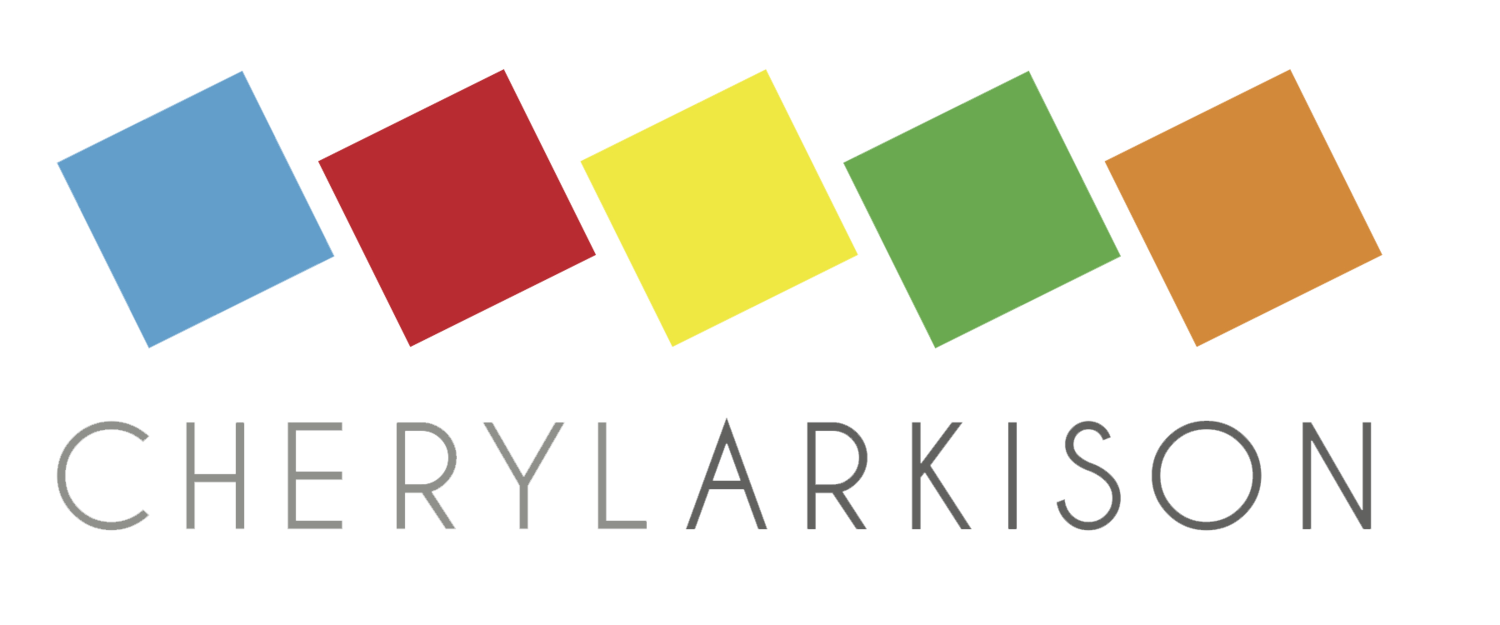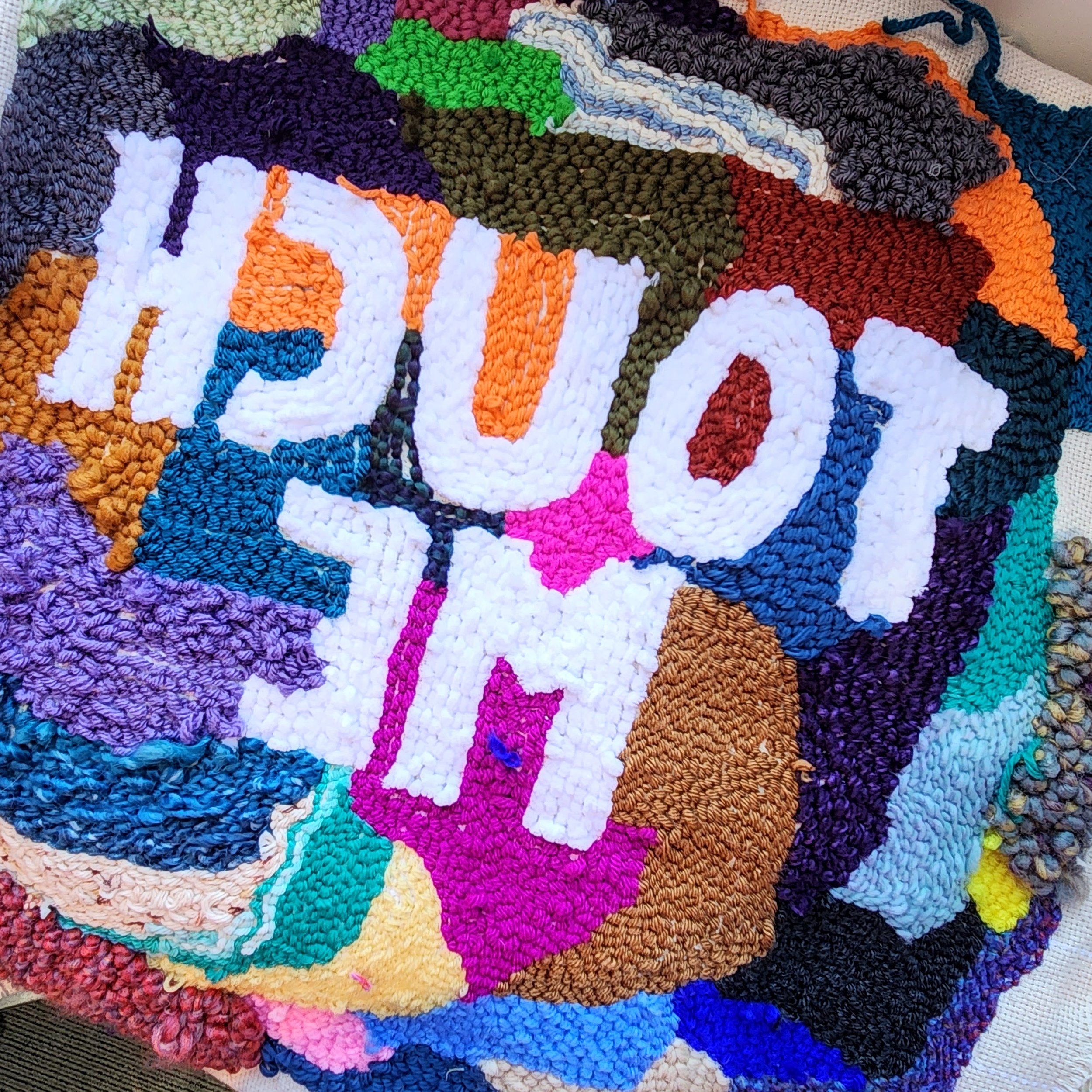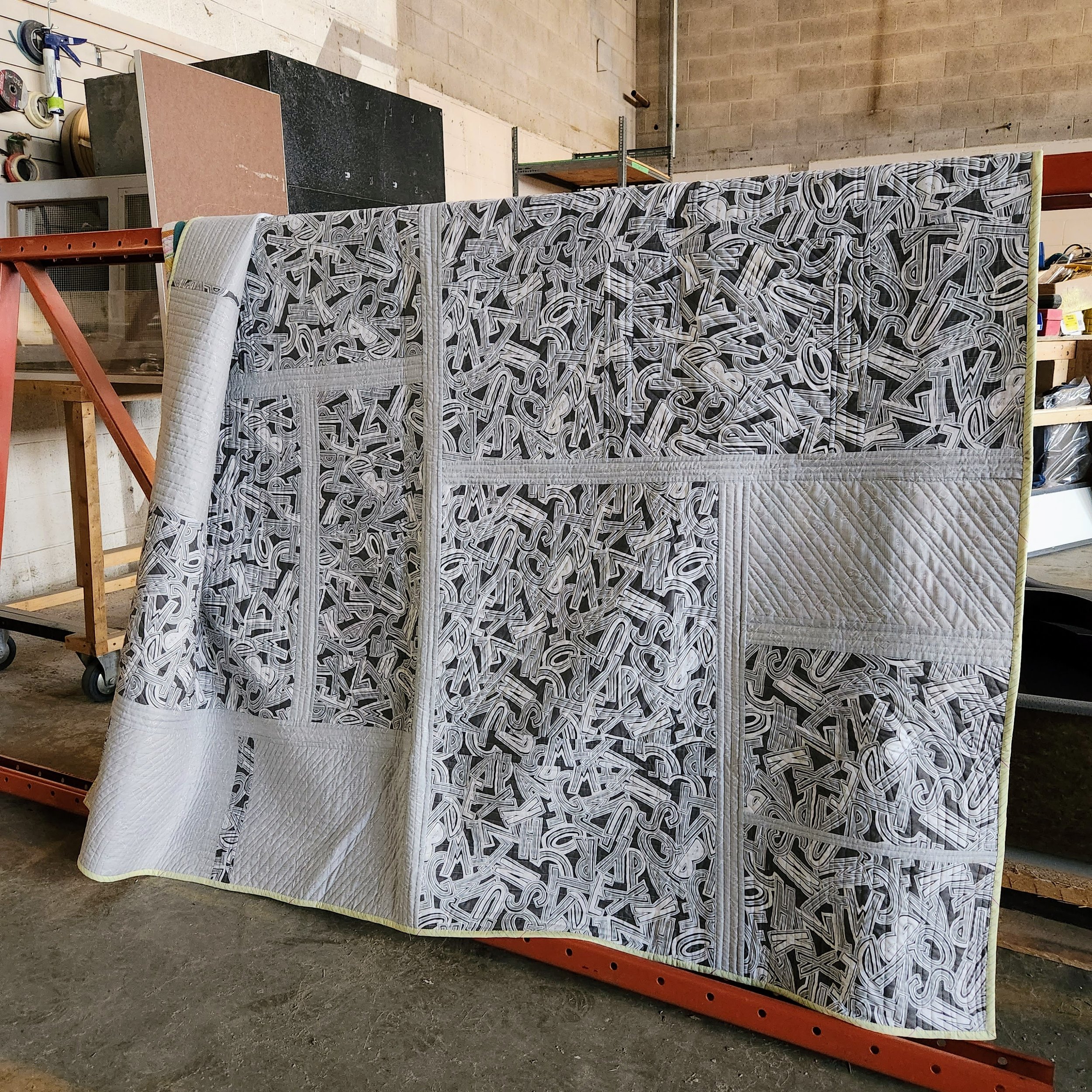A bit too on the nose?
In December I dug into my daughters’ craft supplies, augmented by yarn scraps from a dear friend who knits, and experimented with punch needle. Each day I used one little ball of yarn to randomly fill a space. It’s easy to do and doesn’t take long at all. Indeed, some morning’s I was at it for only 5-10 minutes. In the crazy days of the winter holiday season it was just about perfect.
We had a ball of that ultra soft acrylic yarn in white. A fake chenille? It was the right choice for the directions.
I’ve been thinking about touch a lot this winter. Realizing, mostly, how important it is to me. Not that I am a huge smuggler or hugger, but I do love a good hand hold. I was reading about how you can get your own body to release dopamine and serotonin and reduce cortisol (the stress hormone) through non-sexual touch. I found myself gently petting or rubbing my own hands in a calming gesture. My husband thought I was weird, if I’m being honest, but I found it very helpful.
Thinking about touch and seeing the benefit of these simple hand movements for myself also made me realize that this is part of why I like hand work. Using your hands isn’t just useful for the task at hand. It activates something else, something associated with the sense of touch outside of the brain’s task. When I am getting stressed or ansty I tend to feel an energy in my hands that is distracting and uncomfortable. I am often looking for an outlet to ‘get it out’. The more hand work I do, the more active my hands are in a positive way, the less I feel that bad energy.
Punch needle itself is practically fool proof with the right tools. Obviously some yarns and tools are easier to work with. It really does help, as well, to use the right base cloth. If I were to do this again I would upgrade our punch, the cheap plastic one we had was nice for being adjustable, but not very comfortable in the hand.
One of the things I quite liked is that the back is/can be as neat as the front. Depending on whether you used the punch from the front or the back it changes what you see, but both work. Varying the thickness and type of yarn as well as the depth of the punch meant I have a lot of textural and visual variation in the piece. Being open to the scrappy nature of this comes naturally for me as a quilter. If I hadn’t used words I could have chosen which side to display.
In the end, I mounted the piece on an old dollar store canvas with a staple gun. We don’t need another pillow in this house and I liked the visual of a mounted piece.

















